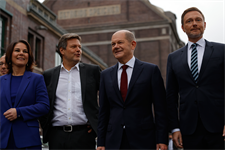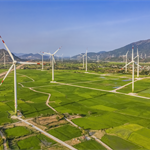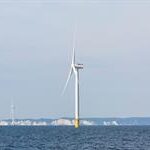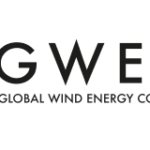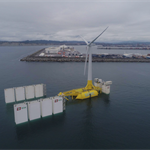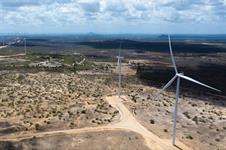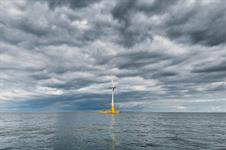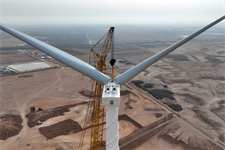Germany’s coalition government sets ambitious new offshore wind targets
Energy Disrupter

Germany’s new “traffic light” coalition government of Social Democrats (SPD, red), Free Democrats (FDP, yellow), and the Green Party (green) has agreed to boost offshore wind capacity targets for 2030by 50%, to 30GW, subject to formal confirmation by each party.
An additional interim target of 40GW by 2035 has also been introduced, alongside a longer-term target of 70GW by 2045. The previous targets were 20GW by 2030 and 40GW by 2040.
The agreement also includes a target for renewable energy to make up 80% of the energy mix by 2030, up from the current 65%.
Additionally, the incoming government pledges to allocate 2% of land to onshore wind and to support onshore wind expansion in less-windy areas.
“We have different traditions and perspectives, but we are united by the willingness to jointly take responsibility for the future of Germany,” the opening text of the coalition agreement states.
When informal coalition talks started in October, the parties said they were looking for a “fresh start” that allows for an environmentally friendly modernisation of the German economy.
Offshore wind industry group WAB welcomed the agreement, and urged the government to launch additional tenders without delay.
“The agreement… is an important signal for the offshore wind supply chain and for the feasibility of a “green” hydrogen economy,” said WAB’s managing director Heike Winkler.
The federal association of offshore wind farm operators, BWO, said the new targets were “an important building block for the success of the energy transition”.
The group called for a focus on five areas where action is needed to achieve the faster expansion of offshore wind energy:
-
Immediate stakeholder engagement to accelerate the expansion of offshore and onshore grid connections, in order to reach the 2030 goal;
-
Dialogue with all stakeholder groups on the shared use of marine areas for the success of longer-term targets;
-
The establishment of a central coordination office combining all the necessary departments and responsibilities for all authorities involved under one roof, to provide both better control and more flexibility;
-
Clear and reliable investment signals for suppliers and providers of important services such as installation vessels;
-
Amending “counterproductive regulations” setting shorter milestones for the commissioning of wind turbines — now 6 months, down from 18 — from the time the grid connection is completed.

